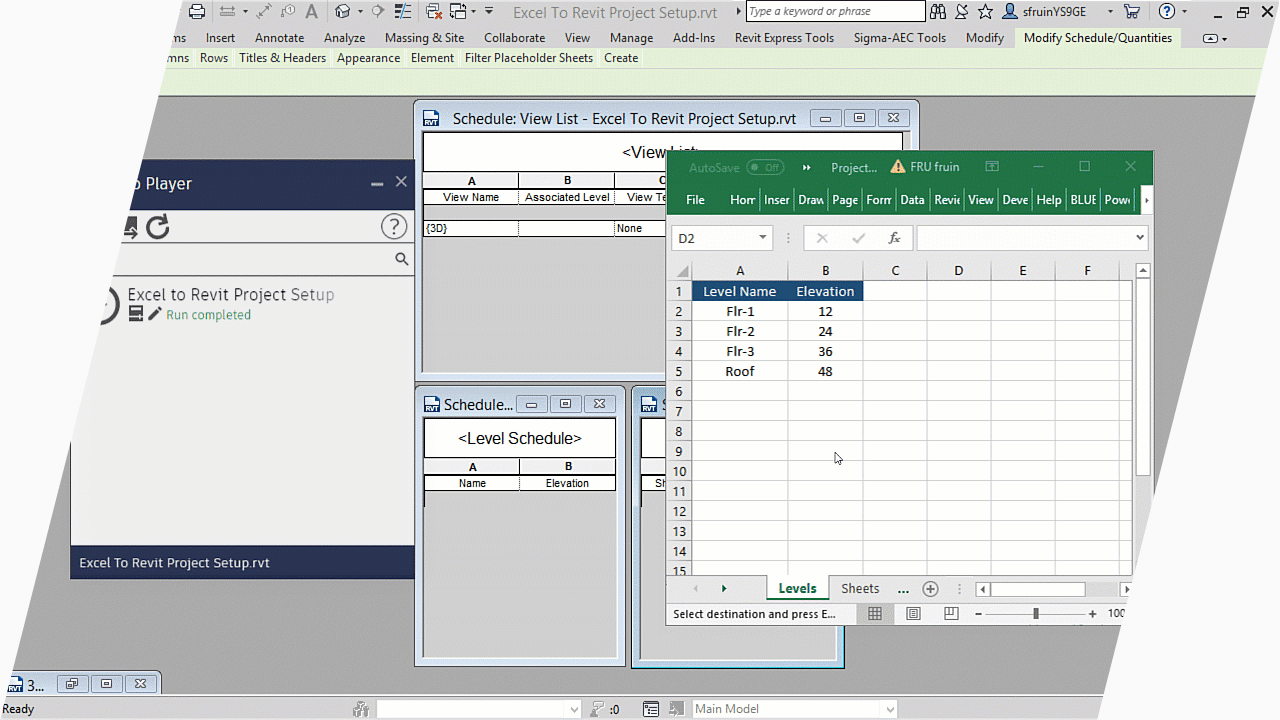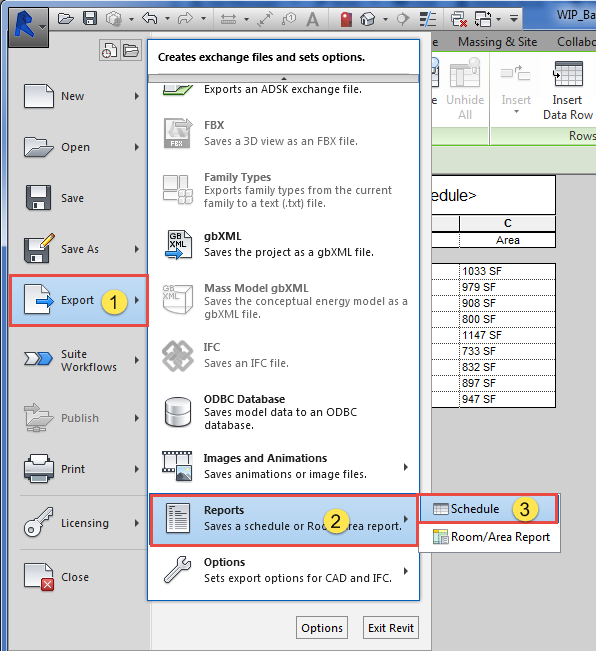Understanding the Art of Data Combination: How to Seamlessly Import Excel Info Into Revit
In this short article, we will certainly guide you with the process of grasping the art of data integration. Get ready to prepare your Excel information easily and follow our detailed guide to import documents right into Revit. With our ideal methods, you'll achieve data combination success in no time.
Understanding the Value of Data Combination in Revit
Recognizing the significance of information assimilation in Revit is vital for seamless importing of Excel documents. When you incorporate data from Excel right into Revit, it permits you to successfully upgrade and manage info throughout the entire job. This combination guarantees that your style and building and construction process is current and exact.
By incorporating data, you can quickly import and upgrade parameters, timetables, and even geometry in Revit. This gets rid of the demand for manual data entry, saving you time and reducing the threat of errors. With Revit's information combination abilities, you can keep uniformity and precision in your task, while likewise boosting collaboration amongst staff member.

Checking Out the Excel Data Style for Revit Integration

In order to effectively incorporate Excel documents right into Revit, it is vital to guarantee that the information is formatted correctly. This consists of properly labeling rows and columns, along with structuring the information in a manner that works with Revit's information schema. Revit makes use of particular criteria and classifications to organize information, so it is very important to straighten the Excel information with these specifications to make sure a smooth combination.
In addition, it is crucial to keep in mind that Revit just supports certain data kinds when importing from Excel. These include message, numbers, and dates. Any type of various other information kinds, such as formulas or conditional formatting, will not be acknowledged by Revit and might create concerns during the integration procedure.
Preparing Your Excel Information for Seamless Import Into Revit
To make sure a smooth integration procedure, you'll need to appropriately layout and label the columns and rows in your Excel data prior to importing it right into Revit. Because it permits Revit to precisely translate and organize your data, this step is crucial. Start by examining your Excel data and identifying which rows and columns contain appropriate info for your Revit job. Make sure to label each column with a detailed and clear header. This will certainly assist you Click This Link and others conveniently understand the function of each column and prevent confusion during the import process.
Next, ensure that the data in each column is properly formatted. If you have a column for measurements, make sure that all measurements are constantly formatted in the very same units of dimension. Revit relies upon consistent format to properly translate and import data.
In addition, it is very important to look for any vacant cells or incongruities in your data. Revit might not be able to check out or import information from cells that are vacant or include mistakes. It is suggested to examine your Excel information and cleanse up any kind of incongruities prior to importing it into Revit.
Step-By-Step Guide to Importing Excel Record Into Revit
As soon as you have actually correctly formatted and identified your Excel information, you can conveniently import it right into Revit by following this step-by-step overview. To begin, open Revit and navigate to the "Insert" tab. revit tools.
Next, a dialog box will appear, allowing you to customize the import settings. Here, you can select the worksheet you intend to import, specify the series of cells to import, and pick the ideal systems for your data. As soon as you have actually made your selections, click "OK" to continue.
Revit will now display a sneak peek of your Excel information. Take a moment to guarantee and evaluate the sneak peek that every little thing looks right. If needed, you can make changes to the import setups by clicking the "Settings" switch.
Ideal Practices for Information Assimilation Success in Revit
Make sure you adhere to these best methods to make certain successful integration of information in Revit. Primarily, it is critical to organize your information in Excel before importing it right into Revit. This suggests guaranteeing constant naming conventions, appropriate formatting, and precise information depiction. Next, take advantage of Revit's integrated devices for data mapping. This will permit you to match the columns in your Excel documents with the matching specifications in Revit. Bear in mind the data and systems types when mapping the information, as any discrepancies can result in errors in the assimilation procedure.
Another vital technique is to routinely confirm and upgrade your data. As your project progresses, it is important to maintain your Excel documents as much as day with any kind of changes made in Revit. This will aid maintain the precision and uniformity of your information across both platforms. Additionally, use information recognition tools within Revit to determine any errors or variances in the incorporated information.
Last but official site not least, it is suggested to develop a clear operations for information assimilation. This includes defining duties and roles, establishing up a communication network in between group members, and developing a regular tempo for information updates and reviews. By following these best practices, you can guarantee a successful and seamless integration of information in Revit, ultimately boosting the performance and accuracy of your job.
Conclusion
To conclude, understanding the art of information assimilation is essential for smooth import of Excel submits right into Revit. Recognizing the value of data integration in Revit is the initial step in the direction of effective combination. Exploring the Excel documents style for Revit integration aids in recognizing the restrictions and demands. Preparing the Excel data properly and following a step-by-step guide is vital for a smooth import process. By following best techniques, you can guarantee data integration success in Revit and make one of the most out of your task.
When importing information from Excel into Revit, it is important to understand the documents layout and just how it can impact the combination procedure (revit tool). Revit uses details specifications and categories to organize data, so it is crucial to align the Excel data with these criteria to guarantee a seamless integration
Be mindful of the systems and data kinds when mapping the information, as any disparities can lead to errors in the assimilation process.
Furthermore, make use of see this here information recognition devices within Revit to determine any type of mistakes or inconsistencies in the integrated data.
